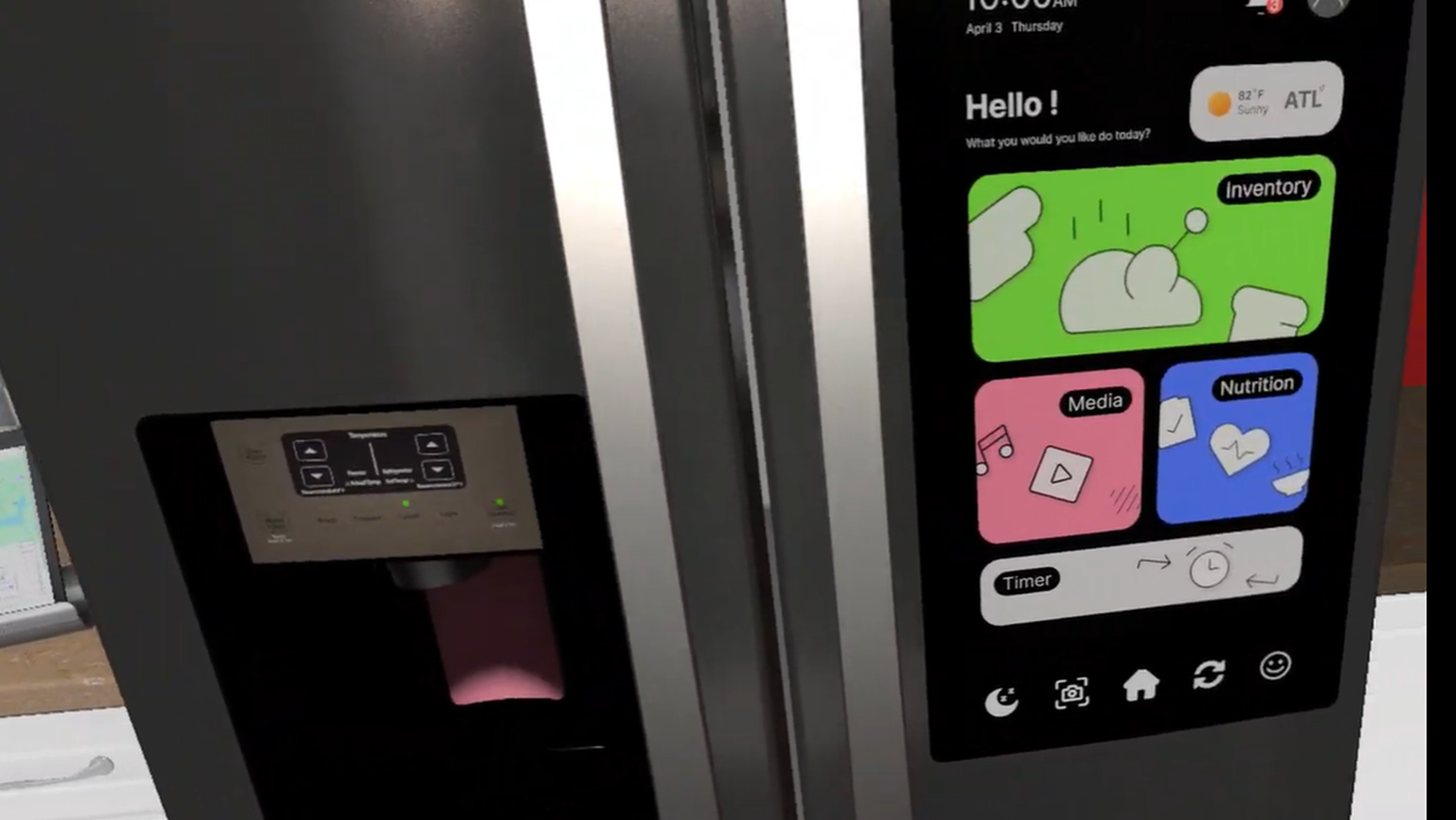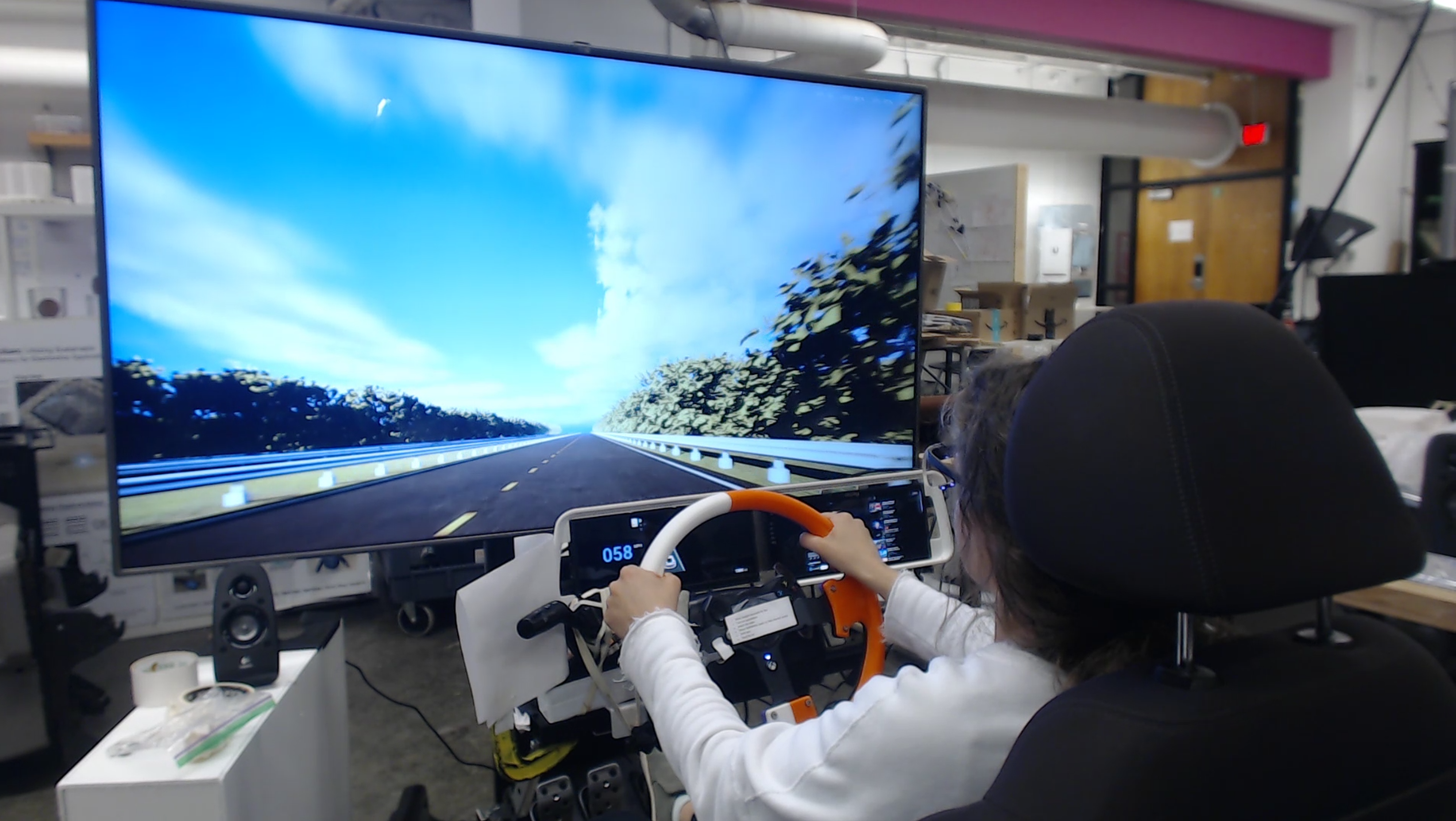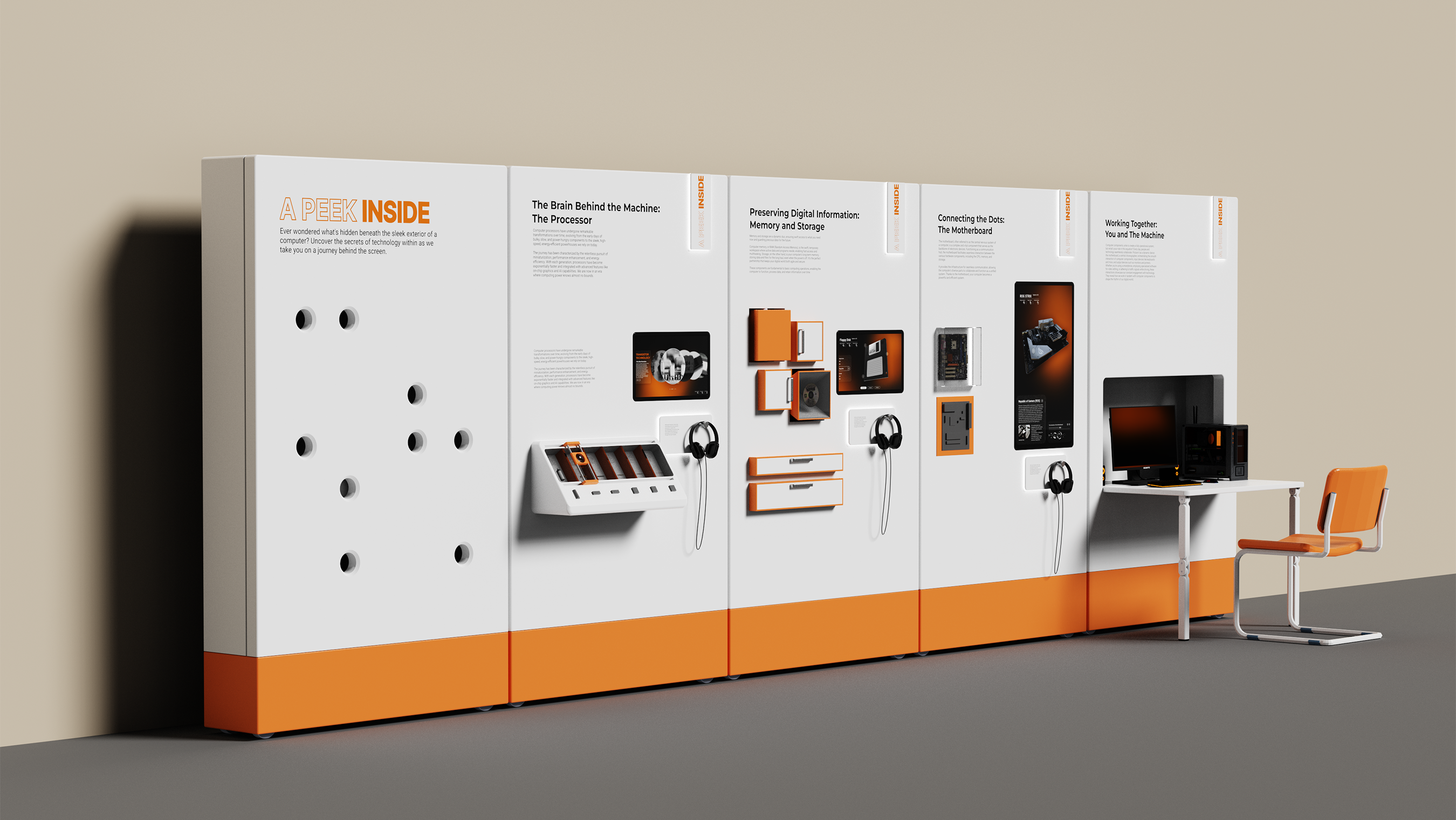SETA
Sustainable Cattle Farming Program
__
A non-profit program that improves farming practices through sustainable, efficient, and transparent agriculture practices. By increasing farming efficiency and land care, the need for deforestation for expansion is diminished.
Team: Long Dao, Jojo Brauer
Tools: Figma, FigJam
Duration: 8 weeks
Category: Service Design, UX Design
The Beef Industry Greatly Contributes to Deforestation
The beef industry is a major cause of deforestation, responsible for 41% globally. In the Amazon, 80% of deforestation happens because of expanding beef farms. With the global demand for beef set to increase by 85% by 2030, farmers might cut down more forests to keep up with this demand.
The Beef Industry Ecosystem
To address this issue, we examined the beef supply chain, a complex system spanning multiple countries and industries. Our focus narrowed down to the cattle farming part of this system, seeking opportunities near the areas affected by deforestation.
Different Goals Means Different Farming Methods
Through both primary and secondary research, we created three primary personas representing different segments of the agricultural community. These personas include a small-scale farmer in the United States, a large-scale American farmer, and a traditional Brazilian farmer. Each of these farmers possesses distinct goals, leading to variations in their farming practices.
Our decision to concentrate on Brazilian cattle farmers stems from numerous opportunities to make a positive impact on both farming practices and the land. The potential areas for improvement include enhancing cattle farming techniques, directly influencing regions vulnerable to deforestation, and preserving indigenous ecosystems.
Brazilian Farmer's Current Journey
Here is an overview of the Brazilian farmer's journey. He acquires land, then cattle, which may include breeding. After that, he raises the cattle on pastures for most of their life, followed by a final growth stage with additional feed to prepare them for sale in the market.
However, Brazilian farmers encounter several pain points. The land is often of lower quality due to prolonged use in the same way, impacting the cattle's health. Additionally, there is a lack of traceability in the cattle supply chain, posing risks of acquiring unhealthy cows or purchasing cattle from farms associated with deforestation. Disease within the cattle is a persistent problem, and inefficient cattle breeds contribute to suboptimal meat production. The traditional farming method's lengthy preparation time for market readiness adds to the challenges. Lastly, financial strain on farmers results in high costs for quality feed, leading to subpar food quality for cattle and compromised health.
Technology and Strategies Can Improve Farming Practice
Here are several strategies we identified to enhance cattle farming and land care. It's important to note that some of these strategies are more feasible for Brazilian farmers than others, depending on cost and resource availability. Considering the farmer's journey and our research into opportunities, we aim to alleviate deforestation in the beef supply chain by improving cattle farming practices.
SETA - Sustainable, Efficient, and Transparent Agriculture
A non-profit program aiming to improve farming with sustainable practices. It provides a Data Hub for Livestock and Agroforestry, Resources for Training and Education, Access to Tools and Raw Materials, and Connections with the Community and Government. This all-in-one initiative is designed to empower farmers and make positive changes in agriculture.
Benefits of SETA
Here's the value the program brings:
Increasing Efficiency: The program aims to enhance efficiency, reducing the necessity to expand farms into forested areas.
Increases Revenue: Implementation of agroforestry practices not only benefits the land but also creates an additional revenue stream for farmers through crops.
Connects to Support: Establishing connections with the community and government enables farmers to support and learn from each other, fostering the development and refinement of sustainable practices.
Enriches the Land: By promoting regenerative agriculture, the program contributes to land preservation, which, in turn, enhances cattle health and the overall quality of produced beef.
Improving the Farmer's Journey
Preparation
In this phase, farmers start by registering their farms on the SETA platform, detailing information such as land type and farming methods. Additionally, all new cattle are registered, specifying breed, origin, and health status, a process confirmed by the vet who also utilizes the platform. To wrap up this phase, farmers undergo Regenerative Agriculture training, delving into sustainable practices and collaborating with an agricultural consultant to assess the land and establish an agroforestry plan. SETA extends its support by offering any necessary tools or materials for borrowing throughout this training process.
Growth Season
Throughout the cattle growth phase, the farmer diligently tracks the health of the cattle, maintaining an up-to-date record on the SETA platform. The vet conducts periodic visits to ensure the well-being of the cattle, offering necessary treatments. Simultaneously, the farmer tends to the crops and trees planted to improve the land, implementing rotational grazing practices to allow the land to recover. Throughout this phase, the consultant remains available to assist as needed, providing valuable guidance and support.
Product Sale
When the cattle are sold, the farmer receives a year-end analysis of their performance and meat grade, along with production improvement guidelines. The consultant evaluates the land, providing feedback and suggestions for better management, all centralized on the SETA platform. Additionally, the farmer sells the crops for an extra source of revenue.
Prototype Walkthrough of Service Touchpoints
We crafted a model enabling individuals to explore the farmer's journey, offering a hands-on experience of its distinct stages and interactions. As participants move through our setup, they directly encounter key points in the farming process.
Funding Makes SETA and Farmer Growth Possible
As a non-profit organization, SETA relies on a combination of private and public funding, enabling it to offer services to farmers. Additionally, participating farmers have the opportunity to receive financial benefits from the government. In essence, the program not only facilitates financial support but also enhances and expands the farmers' existing revenue streams.
SETA Can Grow with the Farmer
In the future, SETA aims to grow together with farmers. Success for both SETA and farmers could attract more funding for advanced practices. This growth also involves creating a strong community of supportive farmers.
Appendix
Beef Industry Ecosystem Map
TO-BE Journey Map for Cattle Health
TO-BE Journey Map for Agroforestry
Business Model Canvas for Brazillian Cattle Farmer
Bibliography
Almeida, R. G. de, Andrade, C. M. S. de, Paciullo, D. S. C., Fernandes, P. C. C., Cavalcante, A. C. R., Barbosa, R. A., & Valle, C. B. do. (2013). Brazilian agroforestry systems for cattle and sheep. Tropical Grasslands-Forrajes Tropicales, 1(2), Article 2. https://doi.org/10.17138/tgft(1)175-183
Beef | Industries | WWF. (n.d.). World Wildlife Fund. Retrieved December 5, 2023, from https://www.worldwildlife.org/industries/beef
Beef Cattle Production and Lifecycle | Farm Credit of the Virginias. (n.d.). Retrieved December 5, 2023, from https://www.farmcreditofvirginias.com/blog/beef-cattle-production-and-lifecycle
Beef production. (n.d.). Our World in Data. Retrieved December 5, 2023, from https://ourworldindata.org/grapher/beef-and-buffalo-meat-production-tonnes?tab=table
Beef—It’s What’s For Dinner—Beef Sustainability. (n.d.). Beef - It’s What’s For Dinner. Retrieved December 5, 2023, from https://www.beefitswhatsfordinner.com/raising-beef/beef-sustainability
Beef—It’s What’s For Dinner—Feedyard Safety. (n.d.). Beef - It’s What’s For Dinner. Retrieved December 5, 2023, from https://www.beefitswhatsfordinner.com/raising-beef/feedyard-safety
Beef—It’s What’s For Dinner—Grass vs Grain. (n.d.). Beef - It’s What’s For Dinner. Retrieved December 5, 2023, from https://www.beefitswhatsfordinner.com/cuts/grass-vs-grain
Beef—It’s What’s For Dinner—Rethink the Ranch. (n.d.). Beef - It’s What’s For Dinner. Retrieved December 5, 2023, from https://www.beefitswhatsfordinner.com/raising-beef/rethink-the-ranch
Big Meat and Dairy’s Supersized Climate Footprint. (n.d.). Retrieved December 5, 2023, from https://www.iatp.org/supersized-climate-footprint
Cusworth, G., Lorimer, J., Brice, J., & Garnett, T. (2022). Green rebranding: Regenerative agriculture, future-pasts, and the naturalisation of livestock. Transactions of the Institute of British Geographers, 47(4), 1009–1027. https://doi.org/10.1111/tran.12555
Domiciano, L. F., Pedreira, B. C., da Silva, N. M. F., Mombach, M. A., Chizzotti, F. H. M., Batista, E. D., Carvalho, P., Cabral, L. S., Pereira, D. H., & do Nascimento, H. L. B. (2020). Agroforestry systems: An alternative to intensify forage-based livestock in the Brazilian Amazon. Agroforestry Systems, 94(5), 1839–1849. https://doi.org/10.1007/s10457-020-00499-1
Drouillard, J. S. (2018). Current situation and future trends for beef production in the United States of America—A review. Asian-Australasian Journal of Animal Sciences, 31(7), 1007–1016. https://doi.org/10.5713/ajas.18.0428
Educational Hub—Seven Sons Farms. (n.d.). Retrieved December 5, 2023, from https://sevensons.net/learn
Extent of Agroforestry Extension Programs in the United States. (2014, February 28). https://web.archive.org/web/20140228015635/http://www.joe.org/joe/2013august/rb4.php
Factory farm vs. Concentrated Animal Feeding Operation (CAFO). (n.d.). Derrick Josi | TDF Honest Farming. Retrieved December 5, 2023, from https://tdfhonestfarming.com/blog/cafo
Food and Agriculture Organization (2020). Global Forest Resources Assessment 2020: Main report. Rome. https://doi.org/10.4060/ca9825en.
Harbstreet, C. (2021, March 11). Learn About the Beef Sustainability Roundtable with a Cattle Rancher. Street Smart Nutrition. https://streetsmartnutrition.com/beef-sustainability-roundtable/
Home. (n.d.). Global Roundtable for Sustainable Beef. Retrieved December 5, 2023, from https://grsbeef.org/
Jabusch, G. (2022, July 29). The Food Conundrum: Can Regenerative Agriculture Feed The World? | Seeking Alpha. https://seekingalpha.com/article/4527543-food-conundrum-can-regenerative-agriculture-feed-the-world
Joksimović, D., Tomić, Z., Kovačević, M., Perišić, P., Radović, Č., & Bijelić, Z. (2020). Challenges and Opportunities in the Beef Sector in Serbia: An Overview. Canadian Journal of Animal Science, 101(1), 101–108. https://cdnsciencepub.com/doi/full/10.1139/cjas-2020-0022
Jordon, M. W., Willis, K. J., Harvey, W. J., Petrokofsky, L., & Petrokofsky, G. (2020). Implications of Temperate Agroforestry on Sheep and Cattle Productivity, Environmental Impacts and Enterprise Economics. A Systematic Evidence Map. Forests, 11(12), Article 12. https://doi.org/10.3390/f11121321
Loker, W. M. (1994). Where’s the beef?: Incorporating cattle into sustainable agroforestry systems in the Amazon Basin. Agroforestry Systems, 25(3), 227–241. https://doi.org/10.1007/BF00707462
Meat supply per person. (n.d.). Our World in Data. Retrieved December 5, 2023, from https://ourworldindata.org/grapher/meat-supply-per-person
Number of cattle. (n.d.). Our World in Data. Retrieved December 5, 2023, from https://ourworldindata.org/grapher/cattle-livestock-count-heads?time=latest
Pendrill, F., Persson, U. M., Godar, J., & Kastner, T. (2019). Deforestation displaced: trade in forest-risk commodities and the prospects for a global forest transition. Environmental Research Letters, 14(5), 055003.
Per capita meat consumption by type. (n.d.). Our World in Data. Retrieved December 5, 2023, from https://ourworldindata.org/grapher/per-capita-meat-type?country=CHN~USA~IND~ARG~PRT~ETH~JPN~GBR~BRA~OWID_EU27
Ritchie, H., Rosado, P., & Roser, M. (2023). Meat and Dairy Production. Our World in Data. https://ourworldindata.org/meat-production
Ritchie, H., & Roser, M. (2023). Deforestation and Forest Loss. Our World in Data. https://ourworldindata.org/deforestation
Terry, S. A., Basarab, J. A., Guan, L. L., & McAllister, T. A. (2021). Strategies to improve the efficiency of beef cattle production. Canadian Journal of Animal Science, 101(1), 1–19. https://doi.org/10.1139/cjas-2020-0022
United States Department of Agriculture. (2023). Livestock and Poultry: World Markets and Trade. Retrieved from https://apps.fas.usda.gov/psdonline/circulars/livestock_poultry.pdfWorld Wildlife Fund. (n.d.). Beef. https://www.worldwildlife.org/industries/beef
Why are CAFOs bad? | Sierra Club. (n.d.). Retrieved December 5, 2023, from https://www.sierraclub.org/michigan/why-are-cafos-bad
World Wildlife Fund. (2021, June 14). Nearly 1.8 Million Acres of Grassland Destroyed in US and Canada in 2020. https://www.worldwildlife.org/stories/nearly-1-8-million-acres-of-grassland-destroyed-in-us-and-canada-in-2020
World Wildlife Fund. (2019, March). Deforestation and Conversion-Free: How Argentine Beef Can Lead the Market Faster and at Scale. https://www.worldwildlife.org/publications/deforestation-and-conversion-free-how-argentine-beef-can-lead-the-market-faster-and-at-scale







